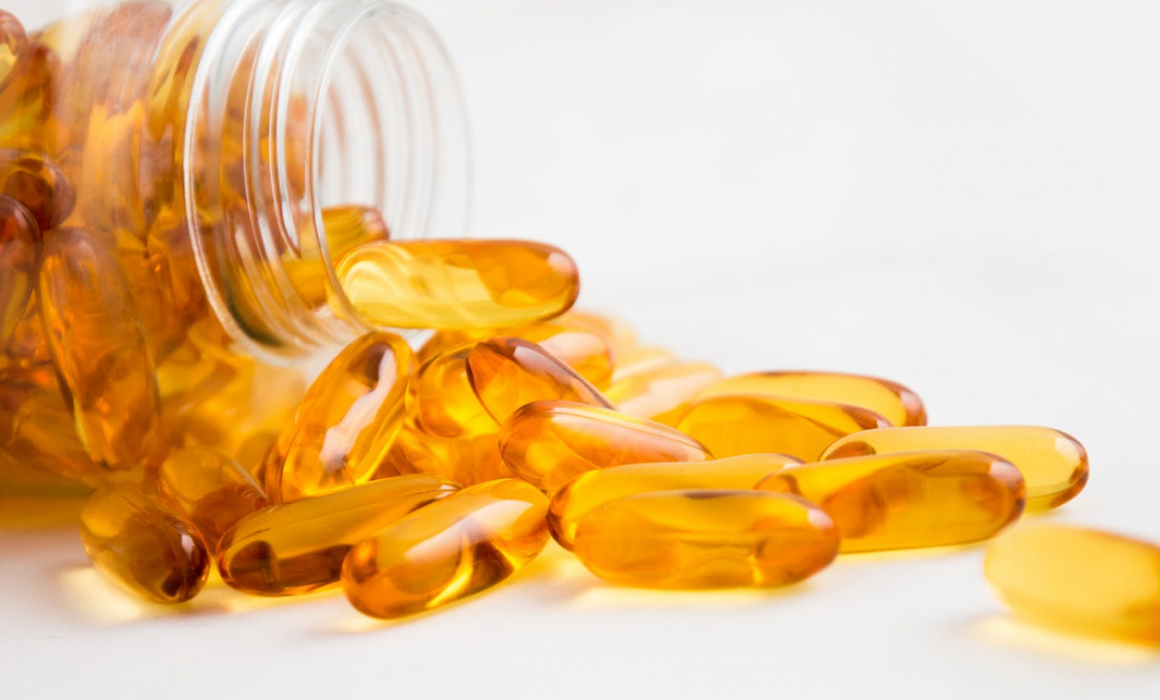Most Drugs Inflation Covered in Increased Premiums
Retail prescription drug spending grew 36% over the four-year period ended Dec. 31, 2016, but out-of-pocket spending for health plan enrollees remained steady, according to a recent study by the Pew Charitable Trusts.
The study, “The Prescription Drug Landscape, Explored,” found that patients are covering the lion’s share of the cost through higher premium outlays, while large pharmacy benefit managers are passing on a larger portion of the manufacturer rebates they receive to insurance plans.
The study found health plan enrollees have largely been sheltered from rapidly rising drug costs due to:
- More of the health insurance premium being dedicated to pharmacy benefits. The percentage of health insurance premiums allocated to pharmacy benefits increased to 16.5% in 2016 from 12.8% in 2012.
- Policies that cap out-of-pocket expenses.
- Cost-sharing assistance from manufacturers (like Medicare Part D coverage gap discounts and copay coupons).
Overall health retail prescription drug spending grew to $341 billion in 2016 from $250.7 billion in 2012. Here’s who spent what:
Patients: $103.8 billion – This includes the percentage of the premium they pay that goes towards drug benefits, in addition to out-of-pocket spending.
Employers: $97.5 billion – The premiums that employers pay that go towards drug benefits.
Government: $139.8 billion – This is both federal and state spending on retail drug coverage through Medicare Part D, Medicaid fee-for-service, and the share of premiums for retail drug coverage in Medicaid managed care.
Employers have grown increasingly concerned by the rapidly increasing cost of medications and the effect on the premiums they and their employees pay.
The National Business Group on Health in 2018 surveyed 170 large employers and found that:
- 14% said the pricing and rebate system needed to be more transparent,
- 35% said rebates needed to be reduced,
- 50% said the pharmaceutical supply chain was inefficient and too complex and needed to be overhauled and simplified.
- 56% said rebates were not an effective tool for helping drive down costs.
- 53% said rebates did not benefit customers at the point of sale.
Tackling drug costs
The National Business Group study also looked at what employers are doing to combat drug costs, including:
- Adopting recently developed capability by pharmacy benefit managers to pull rebates forward at the point-of-sale to benefit consumers.
- Implementing point-of-sale rebates to benefit the enrollees.
- Educating employees about the value of buying generic, so they can save money for you and themselves. According to the Federal Drug Administration, generic medications save more than $150 billion annually.
- Half-tablet programs – These programs aim to reduce the number of tablets participants consume, while still receiving the same strength of medication. For instance, individuals might need 15 milligrams of a daily medication, so they receive a prescription for 30 tablets. With the half-tablet program, individuals would receive a prescription for 15 tablets, with 30mg strength each.
Instead of taking one daily, they would only take half of a tablet. Despite the higher-strength pills, participants in this program only pay half of their usual prescription copay because they are receiving half the number of tablets. Likewise, individuals who pay coinsurance would be paying a smaller percentage for fewer tablets.

